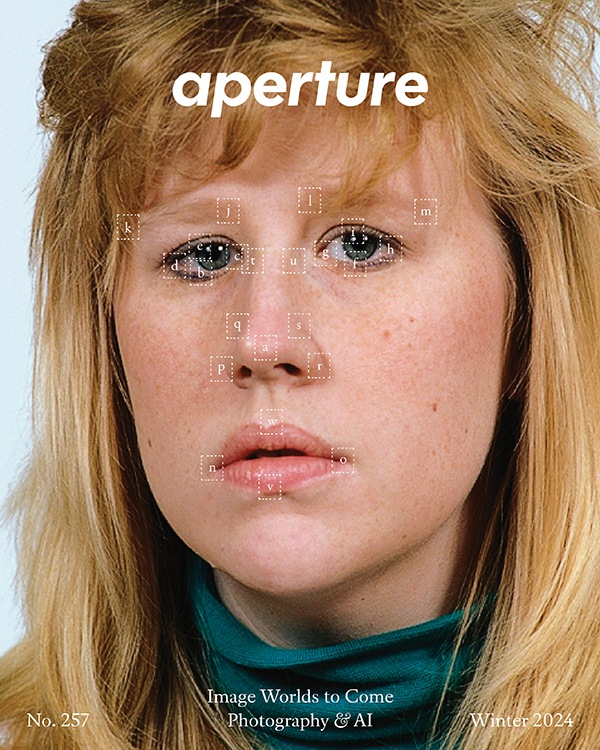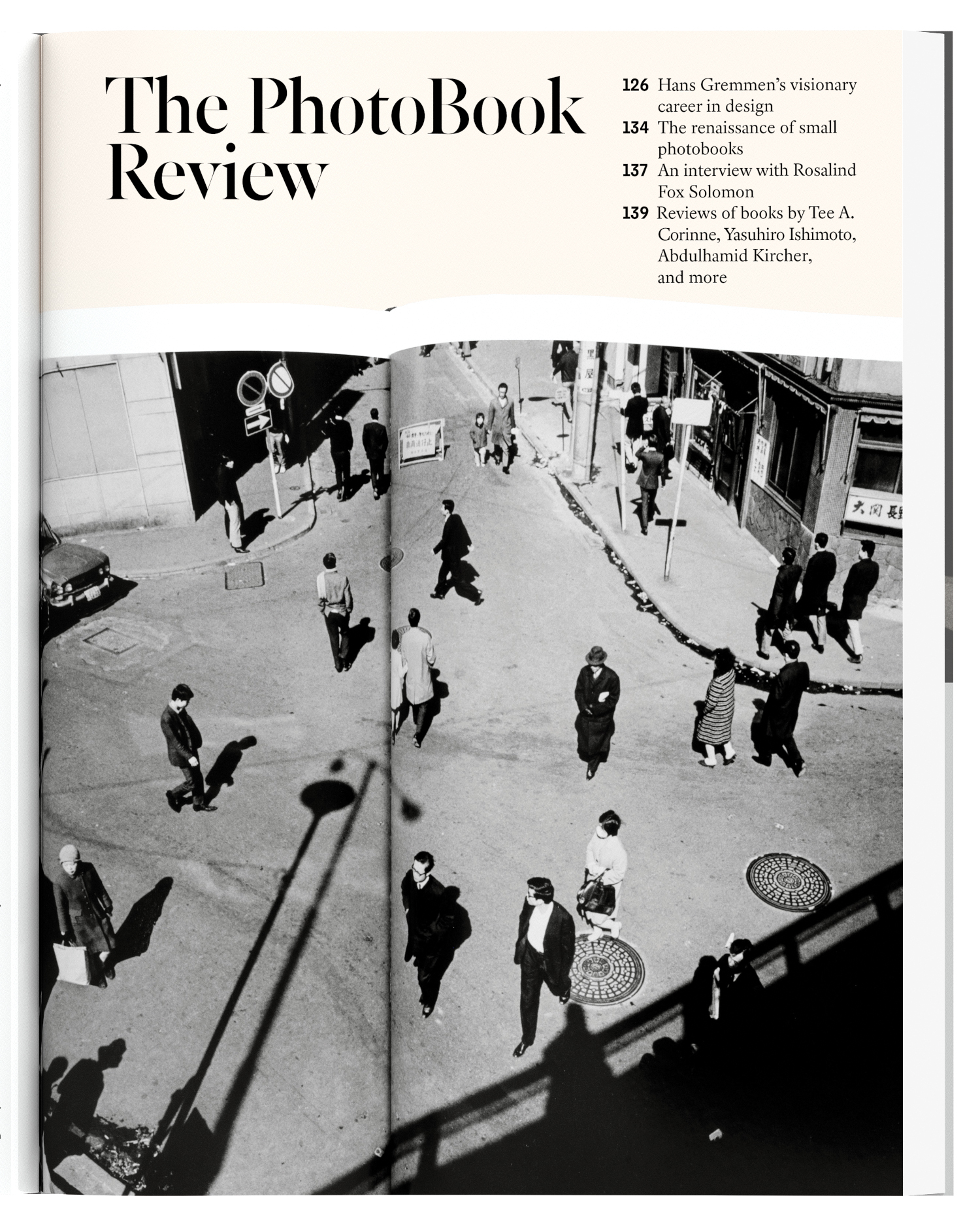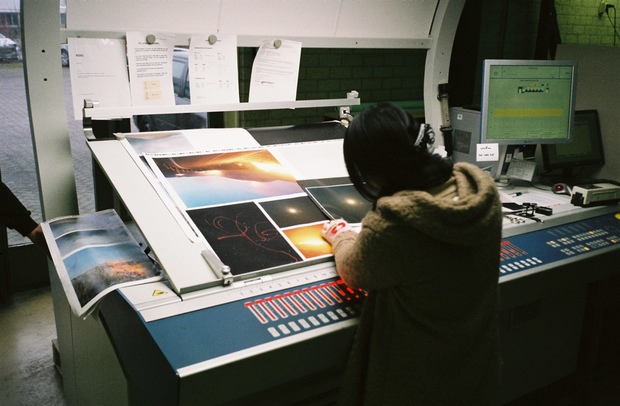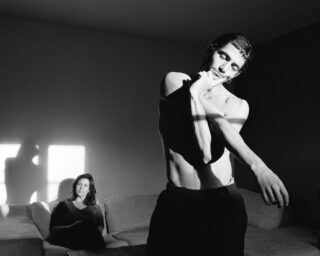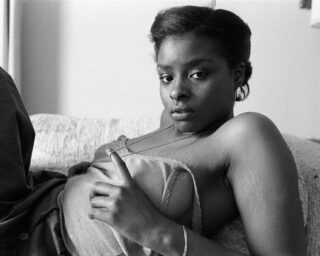Interview with Hans Gremmen, designer of Rinko Kawauchi's Ametsuchi
On the occasion of the release of Japanese photographer Rinko Kawauchi’s new book, Ametsuchi, Aperture Foundation associate editor Brian Sholis spoke with Hans Gremmen, the book’s designer.
Brian Sholis: You’ve worked on many photobooks, several of which deal with landscapes. Was this your first time working with a Japanese photographer? What was unique about your working relationship with Rinko Kawauchi?
Hans Gremmen: Many of the books I work on as a designer and/or editor indeed deal with the topic of the landscape. Almost always the artist approaches the landscape in a conceptual way. For instance, Cette Montagne, C’est Moi, by Witho Worms, is about the influence of the mine industry on the landscape, but it is also about photography itself, and the book is also about printing and poetry. When things come together in the right way, a publication can be about so much more thn its one ostensible topic.
This is also the case with Rinko Kawauchi’s Ametsuchi. It is a project about the changing landscape, religion, and circles of life and memory, but Ametsuchi is also very much about Rinko herself, and her relation to the medium of photography. The book itself—the way it is printed and bound—asks questions about the medium of the book, and how people tend to use them.
Rinko and Aperture publisher Lesley Martin challenged me to come up with design ideas that could make this a unique project. It was indeed my first collaboration with a Japanese photographer. But that is a great thing about photography: it tells stories, but does not speak a specific language.
BJS: Can you describe some of the “questions” you’ve asked about the medium of the book? What unusual printing and binding techniques will people discover when they encounter this book? And how do those techniques relate to Kawauchi’s photographs?
HG: The book is bound in a variation of Japanse binding. In regular Japanese binding you fold the paper in such a way that the sides are closed. In this book the closed side has moved to the top of the page; the sides and bottom are open. This results in a book that has an “parallel world” on the inside of the pages, in which some images are printed in inverted colors. By inverting the images the existential and poetic nature of Kawauchi’s work is enlarged: fire turns into water, night turns into day.
BJS: In another interview you have spoken about how every design decision regarding a photobook should serve the photographs within it. The variation on Japanese binding is a bold, easily legible decision. Ametsuchi is also taller and narrower than many photobooks. What other, subtler design decisions characterize this project?
HG: The size of the book is very practical: it is the maximum size you can get out a sheet of paper with this way of binding. I could go a bit bigger, but that would have limited me in the choice of paper. I wanted to avoid that limitation because the paper is a very important factor in binding the book. The paper needed to be flexible (read: “thin”), but the opacity should also be high. Otherwise the inverted images would interfere too much with the images on the other side of the paper. We made tests with and without images printed on the back, to see what the effect on the photographs would be; and with the paper we ultimately chose, there was no effect.
The endpapers and dustjacket are printed on a special paper as well; a paper which is rough on one side, smooth on the other. The design of this book looks for opposites—on various levels. This reflects in the choice of paper, in the way the images are inverted, but also in typography. On the book’s case, the artist’s name is printed upside down.
The design of this book also refers to a cycle. The book begins and ends Rinko’s name, which appears on both “ends” of the dust jacket, and the title of the book likewise appears on the first and last pages of the book. Also the image on the endpapers repeats, as does the typography on the case. For this book I sought to make its major themes visible not only in the standout decisions, but also its many small details.
